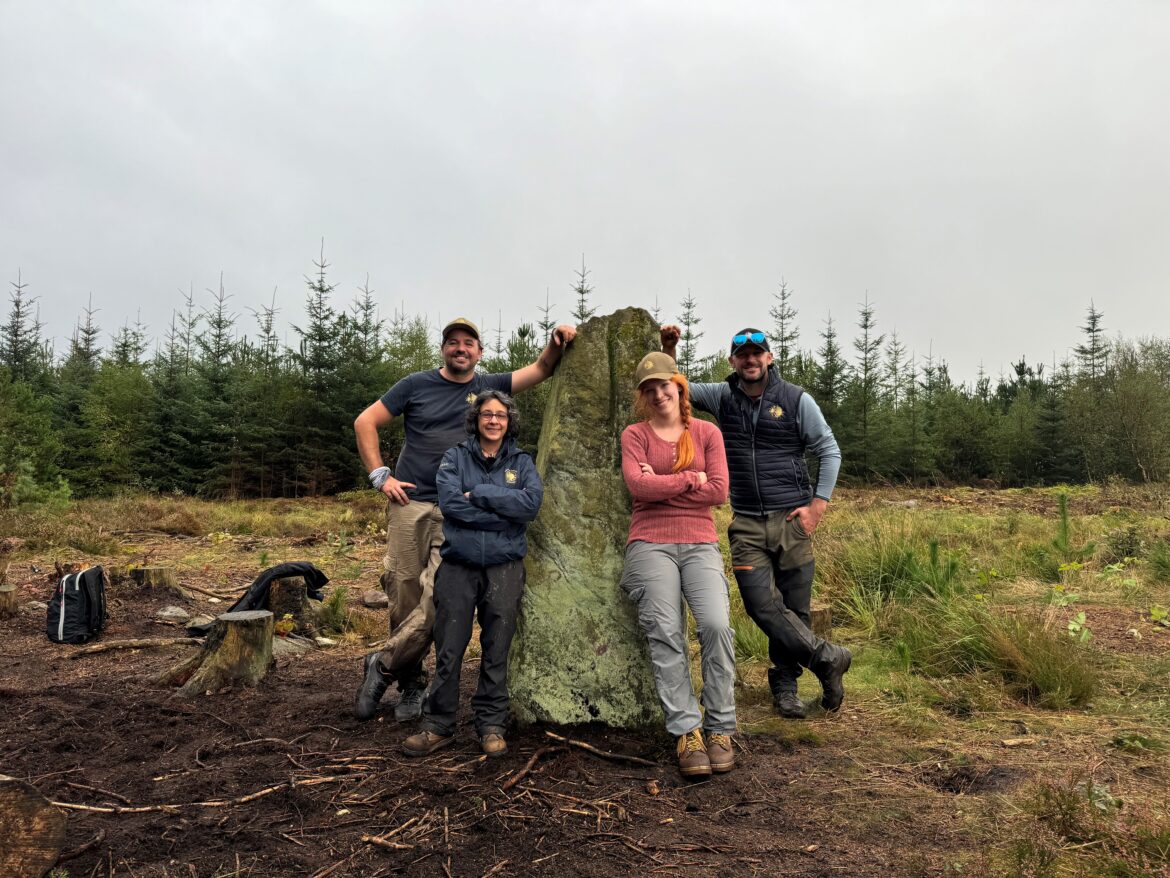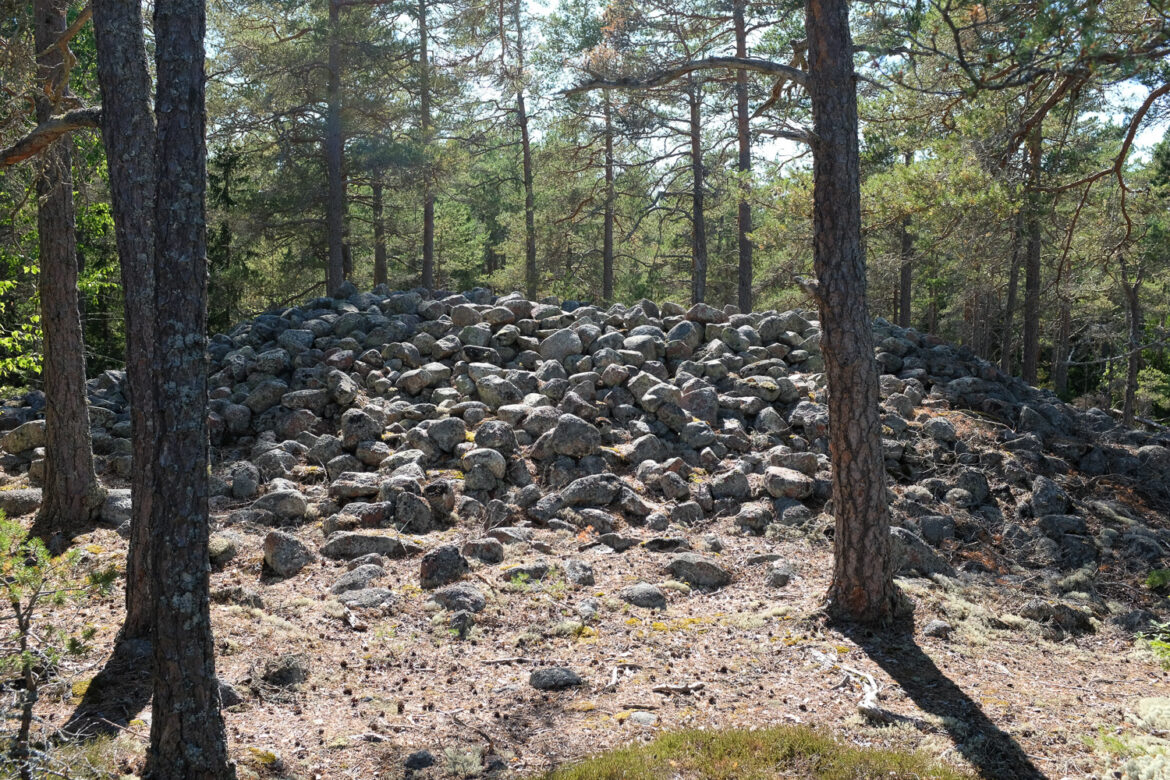In the history of European Paganism and Polytheism, it is known that numerous Pagan concepts, gods, spirits, and ideas remained part of the people’s psyche even long after the beginning of the conversion process. While these figures did not necessarily retain their original religious place and spiritual function over the centuries, many managed to nevertheless survive by being carried on, if not through religious traditions, then through popular culture. The Norse-Icelandic sagas are a good example of this phenomenon. Even though there likely weren’t any Pagan Icelanders around after the 11th century, their descendants kept on compiling, adapting, and writing down tales of Þórr, Óðinn, and countless Pagan heroes all the way to the 20th century. While these figures had left the purely religious sphere of the Icelanders’ worldview, they nevertheless remained latent characters about which tales were told, and even created, until being finally spiritually and religiously brought back in the late 20th century.




